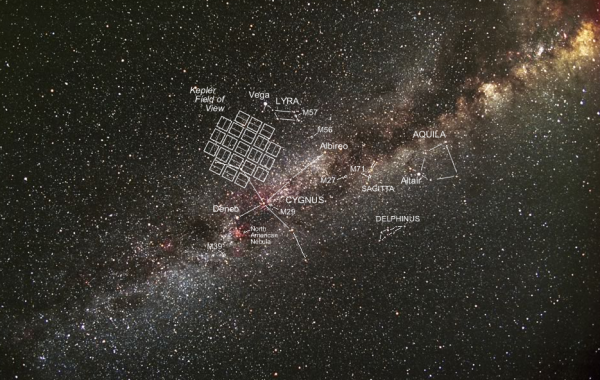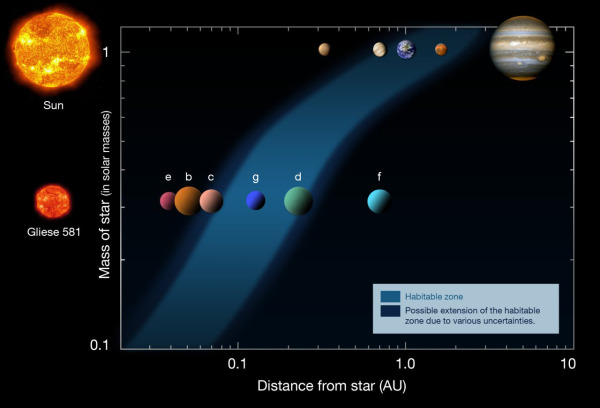“I’m sure the universe is full of intelligent life. It’s just been too intelligent to come here.” -Arthur C. Clarke
For the past three years, Kepler has been looking at 150,000 stars, searching for planetary transits.
The science haul has been huge, but mostly larger planets close in to their parent stars. Nevertheless, a few rocky, habitable-zone planets have been discovered. Whether we take optimistic or pessimistic estimates, what do we expect for the rest of the galaxy?
At minimum, some 6 billion habitable-zone, rocky planets. And likely many more!
More like this
"Death comes to all, but great achievements build a monument which shall endure until the sun grows cold." -Ralph Waldo Emerson
“If I can't make it through one door, I'll go through another door - or I'll make a door. Something terrific will come no matter how dark the present.” -Rabindranath Tagore
“Everything comes at the right time, but if the right time is too late to be patient, go earlier before it becomes too late.” -Michael Bassey Johnson



So our detection is biased towards certain conditions, that makes perfect sense, but is rocky planetary formation biased towards certain types or ages of stars? Are we indiscriminate at which stars we look at or selective?
A fairly old publication Planets for Man by Stephen Dole and Isaac Asimov is a good place to start. It's been reintroduced by Rand publishers (it's their 60 anniversary) to celebrate. There is also an ebook available. I got the book possibly 40 odd years ago. Makes interesting reading!
The optimistic number of 8 trillion would mean 20-40 per star in the galaxy. Are the numbers really correct?
NASA just announced some crazy stuff a few hours ago that might effect these calculations.
Plants in circumbinary orbits are prone to chaotic rotational mechanics. The examples they used were that if you had a house on the north pole you could suddenly find your house was now on the south pole. The sun could rise in the east and set in the west one day, then on some other day the sun could rise in the north and set in the east.
The idea is the mass in rocky worlds is not perfectly uniform. With planets orbiting single suns or moons orbiting single planets this can result in tidal locking. However we do have one system locally that is an oddball. The small moons of Pluto orbit the barycenter of Pluto and Charon. It has just been discovered their rotations are totally jacked by Pluto and Charon acting like lobes on a single mass.
The astrophysicists at the conference think the effect should scale up to effect binary star systems with planets in cirumbinary orbits.